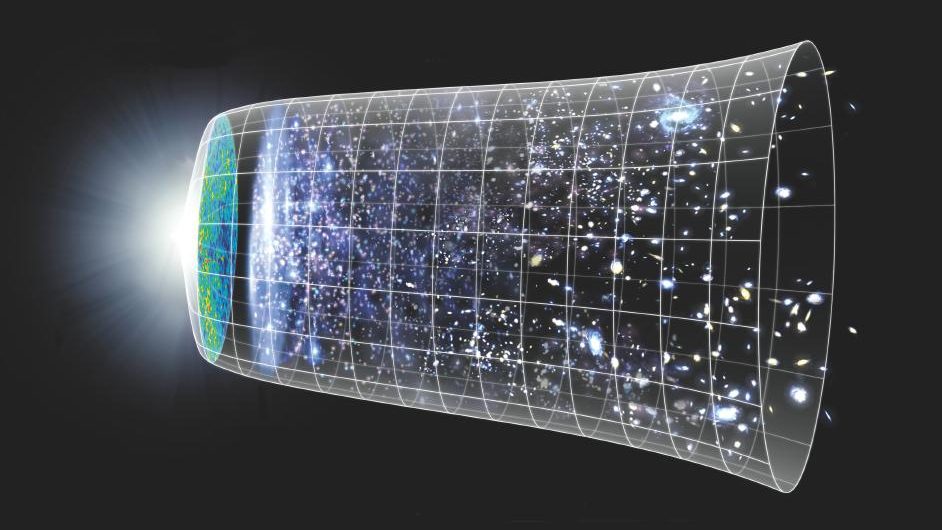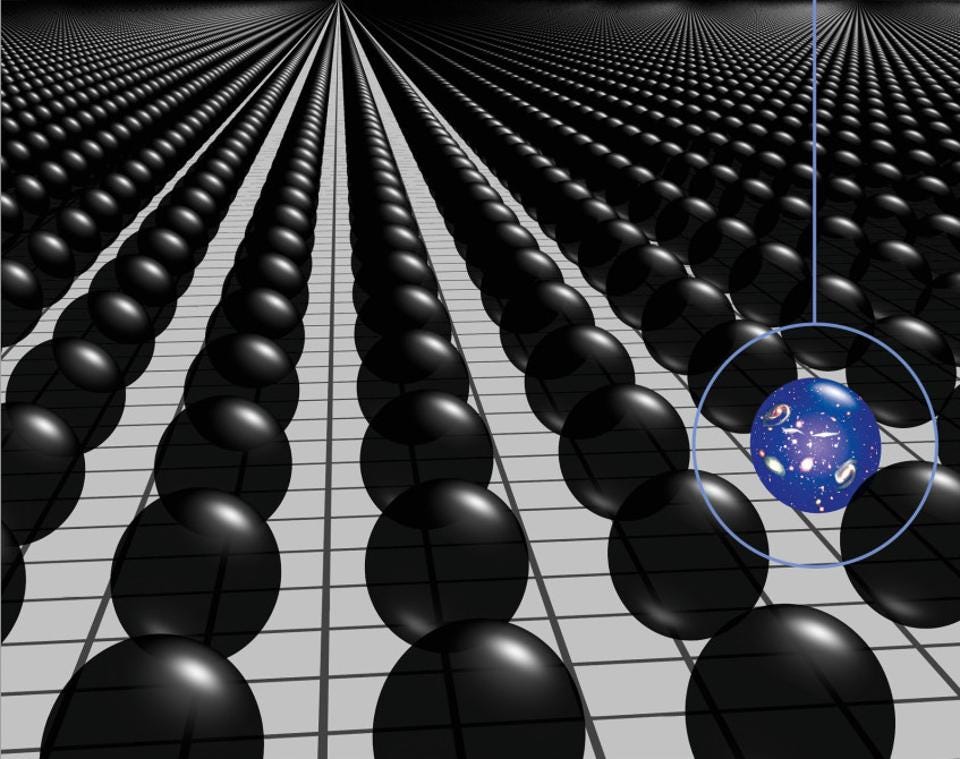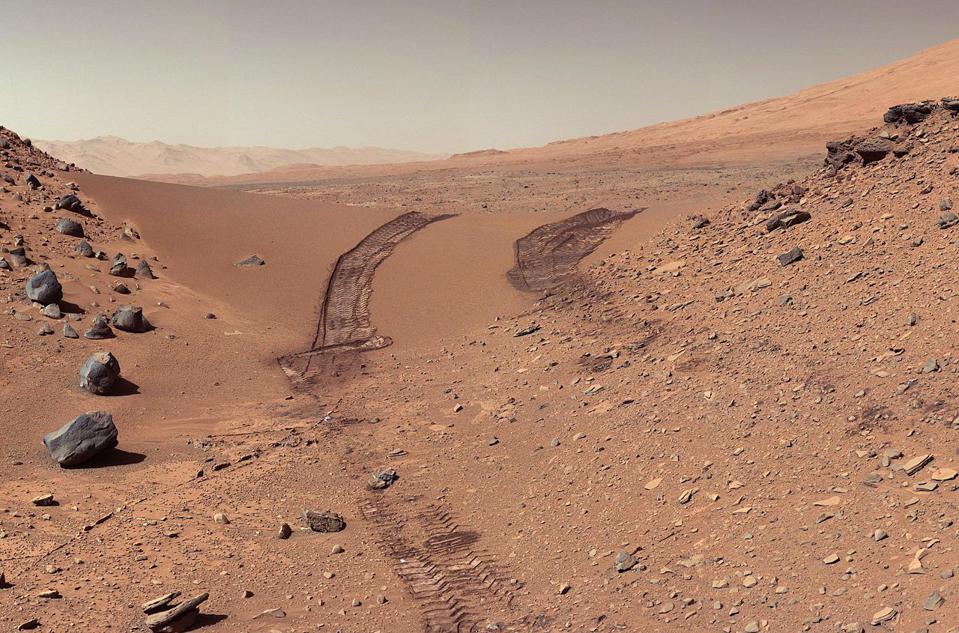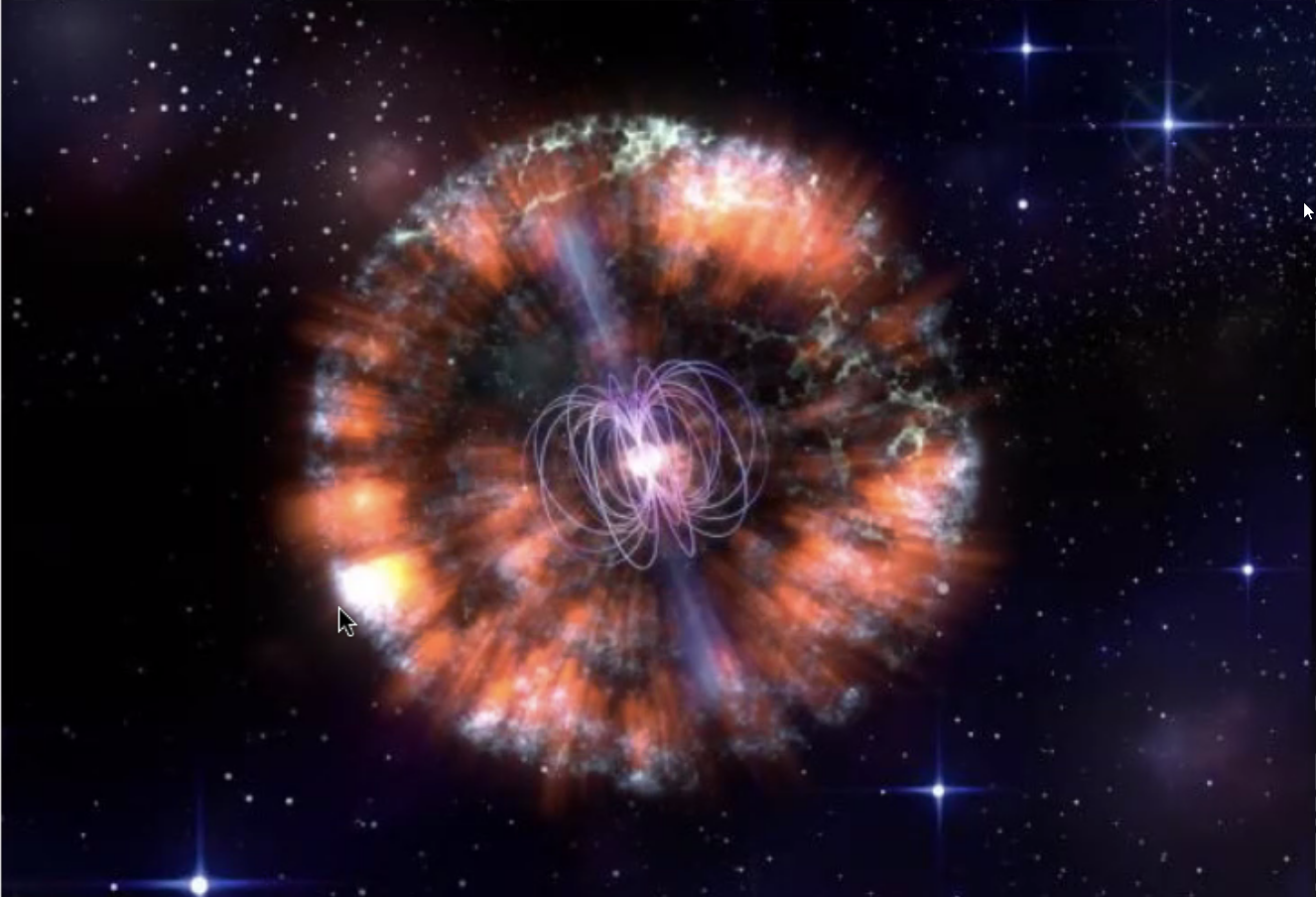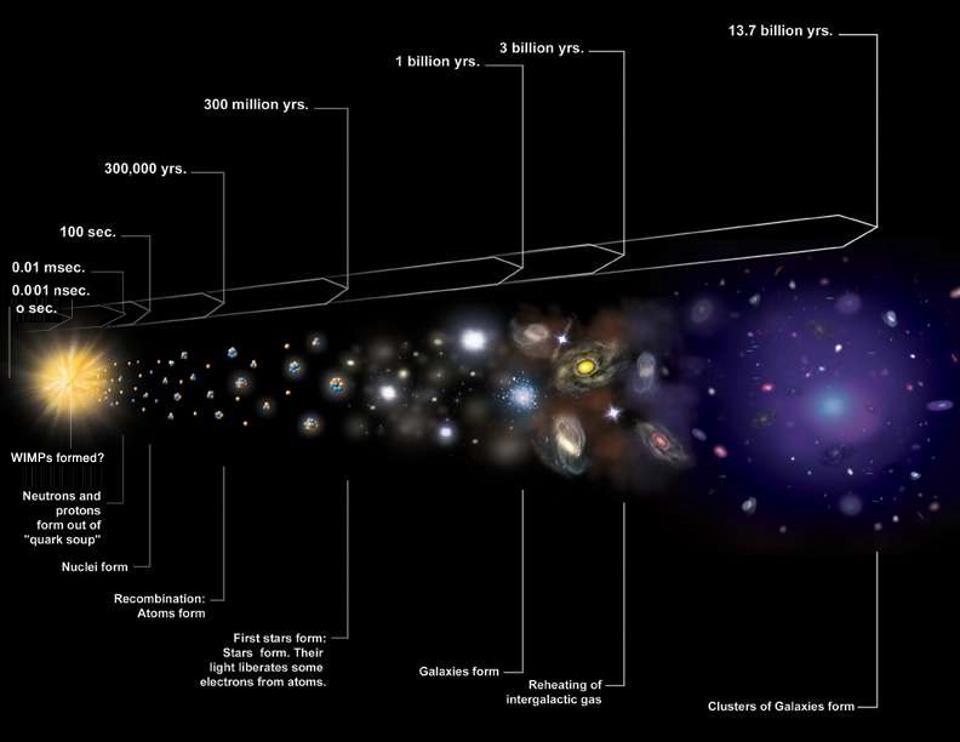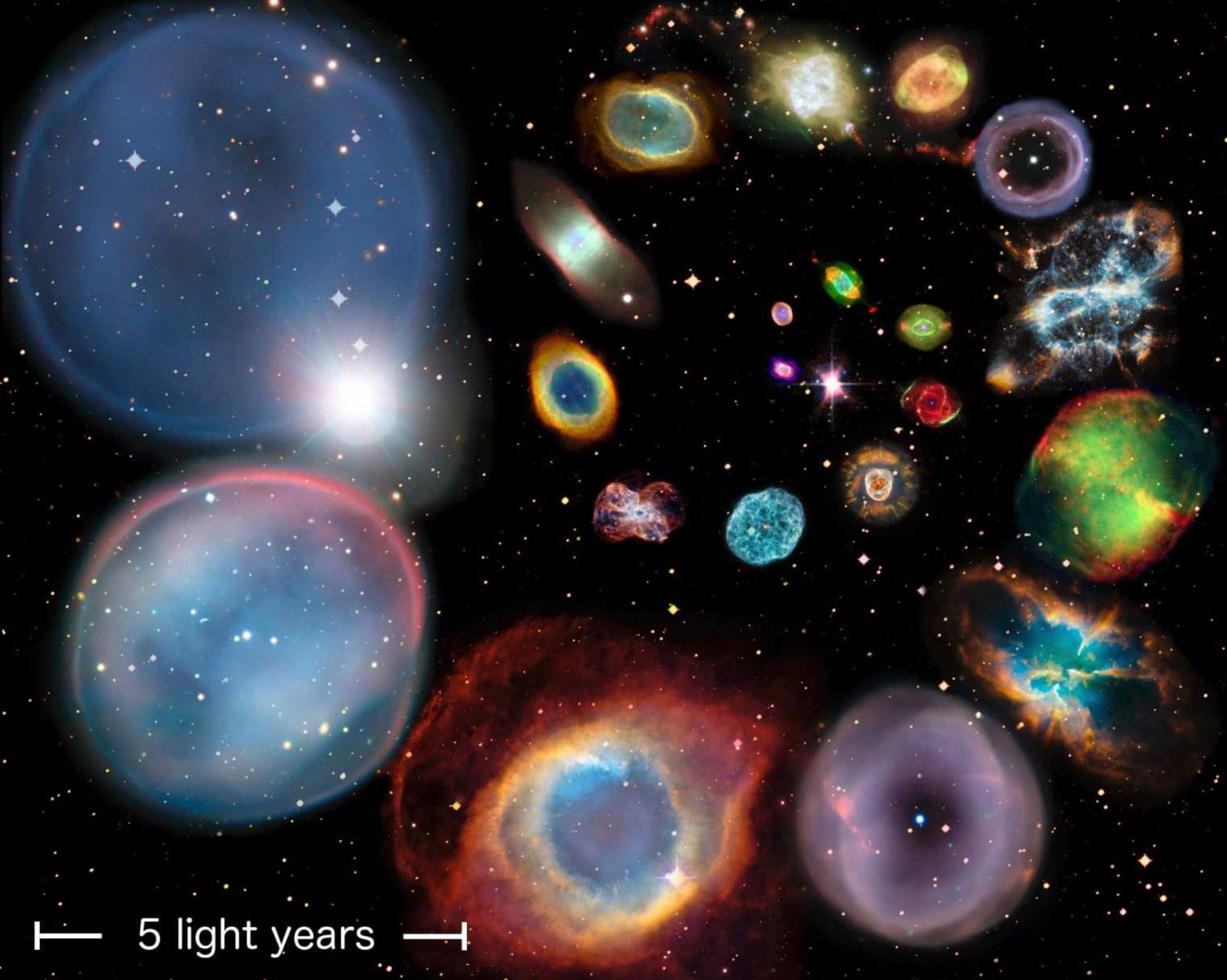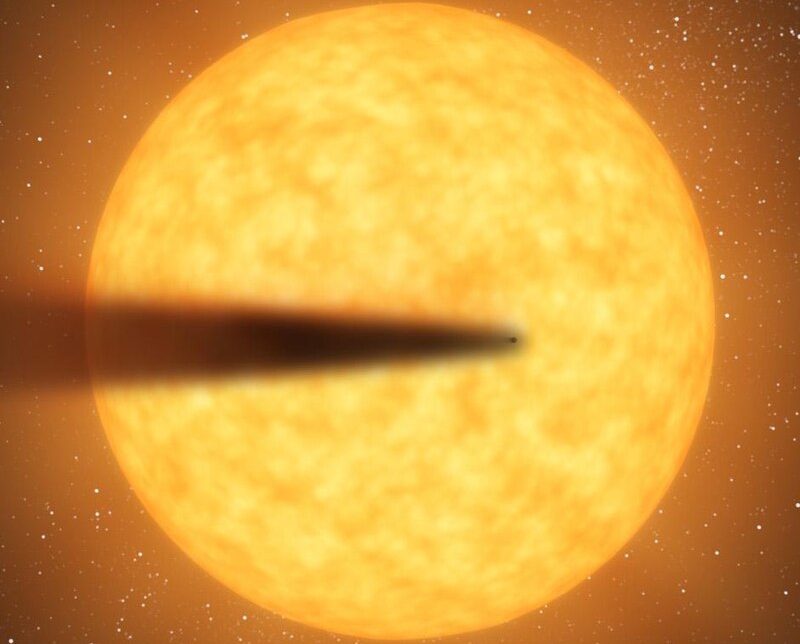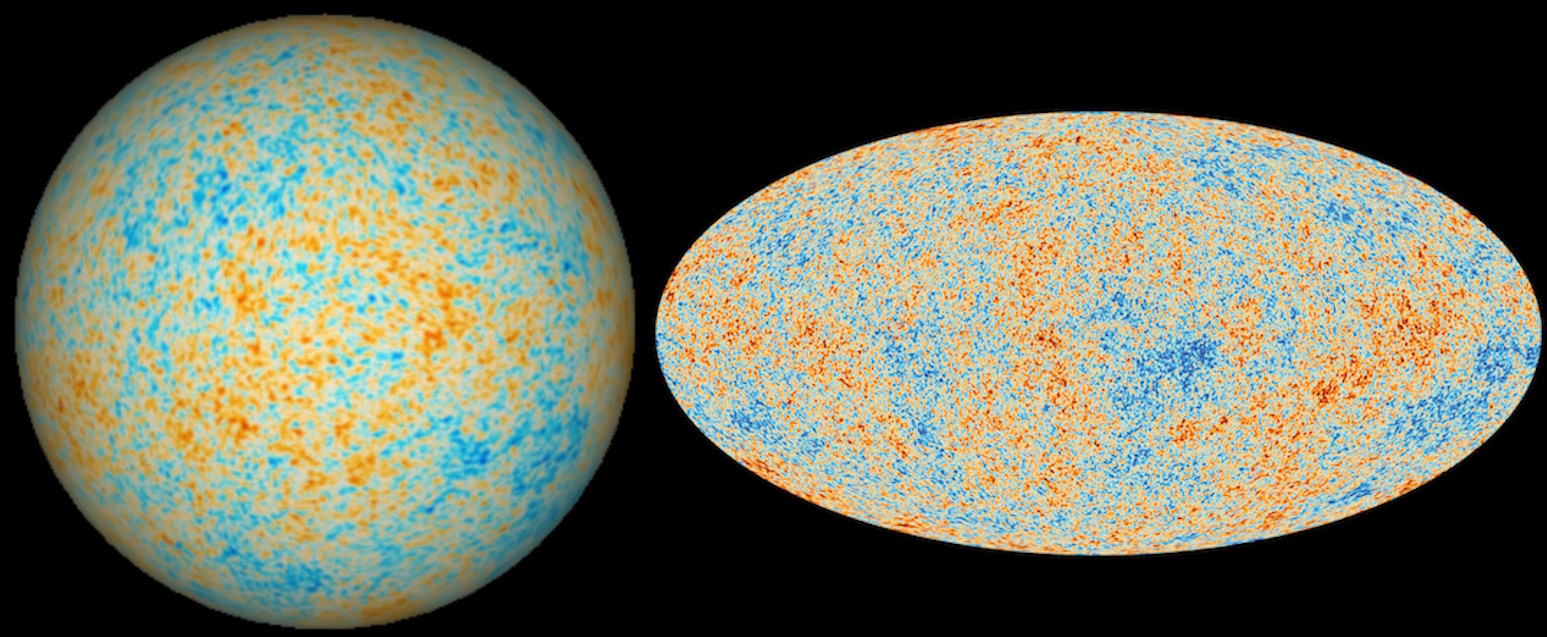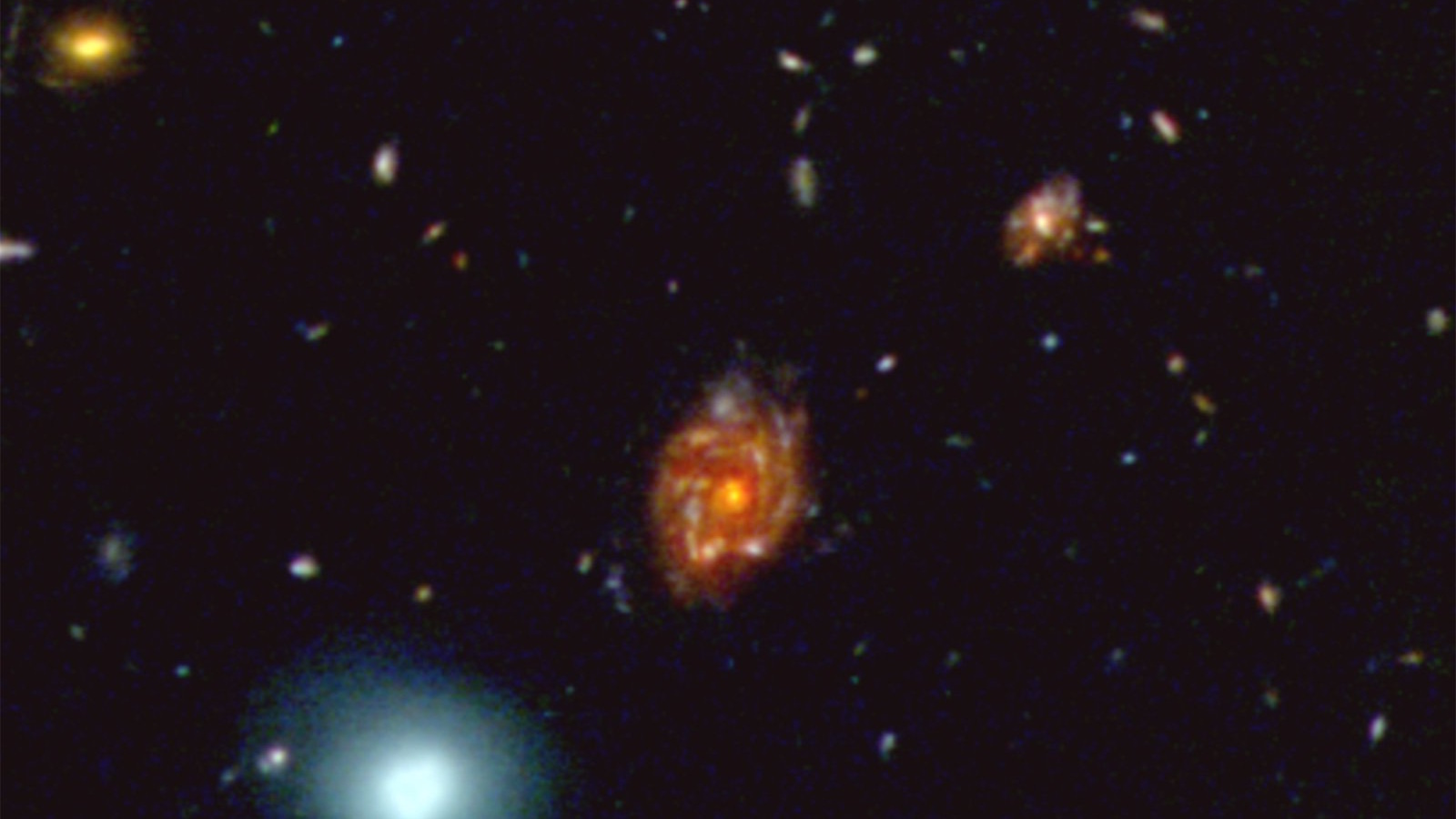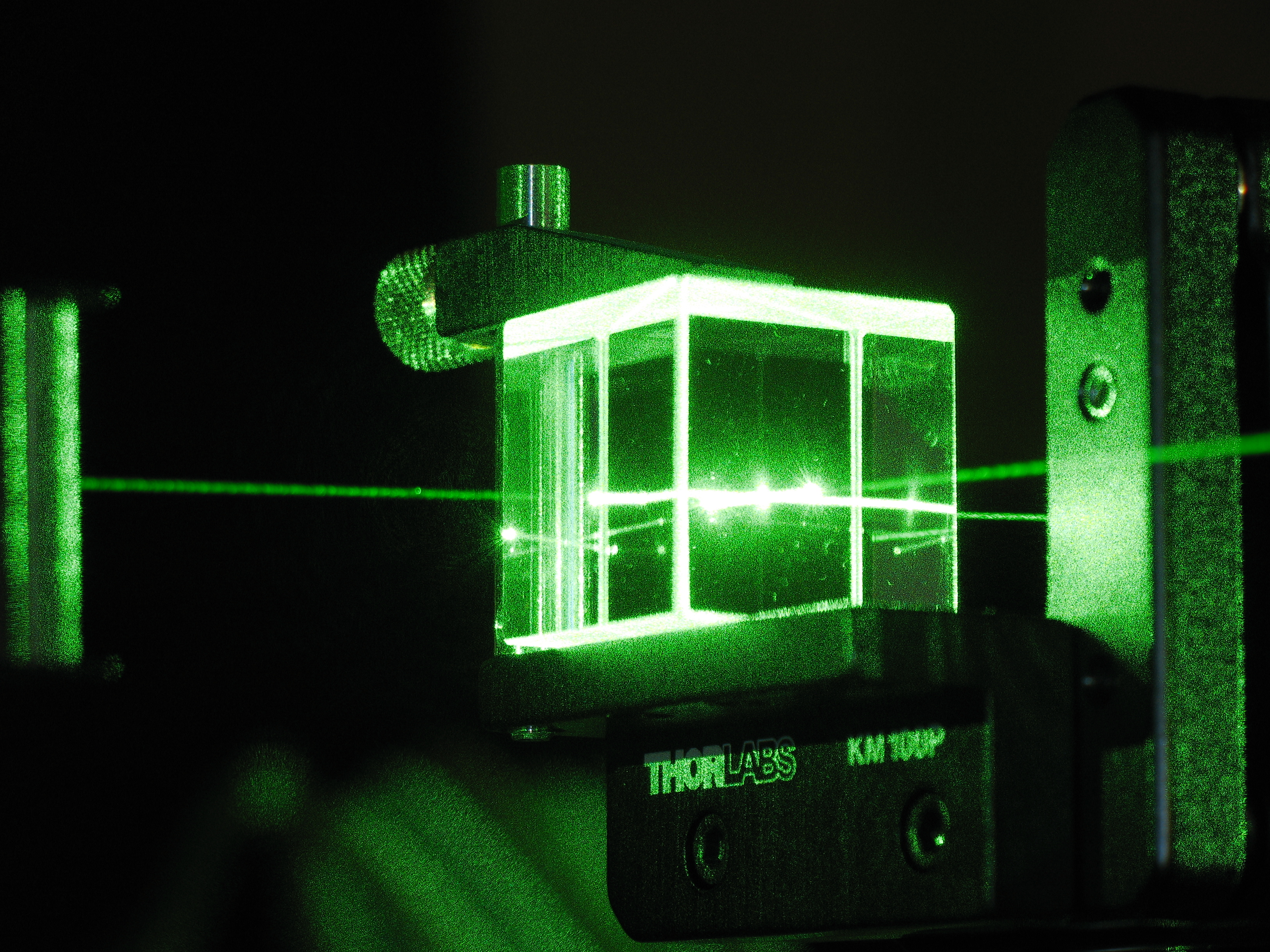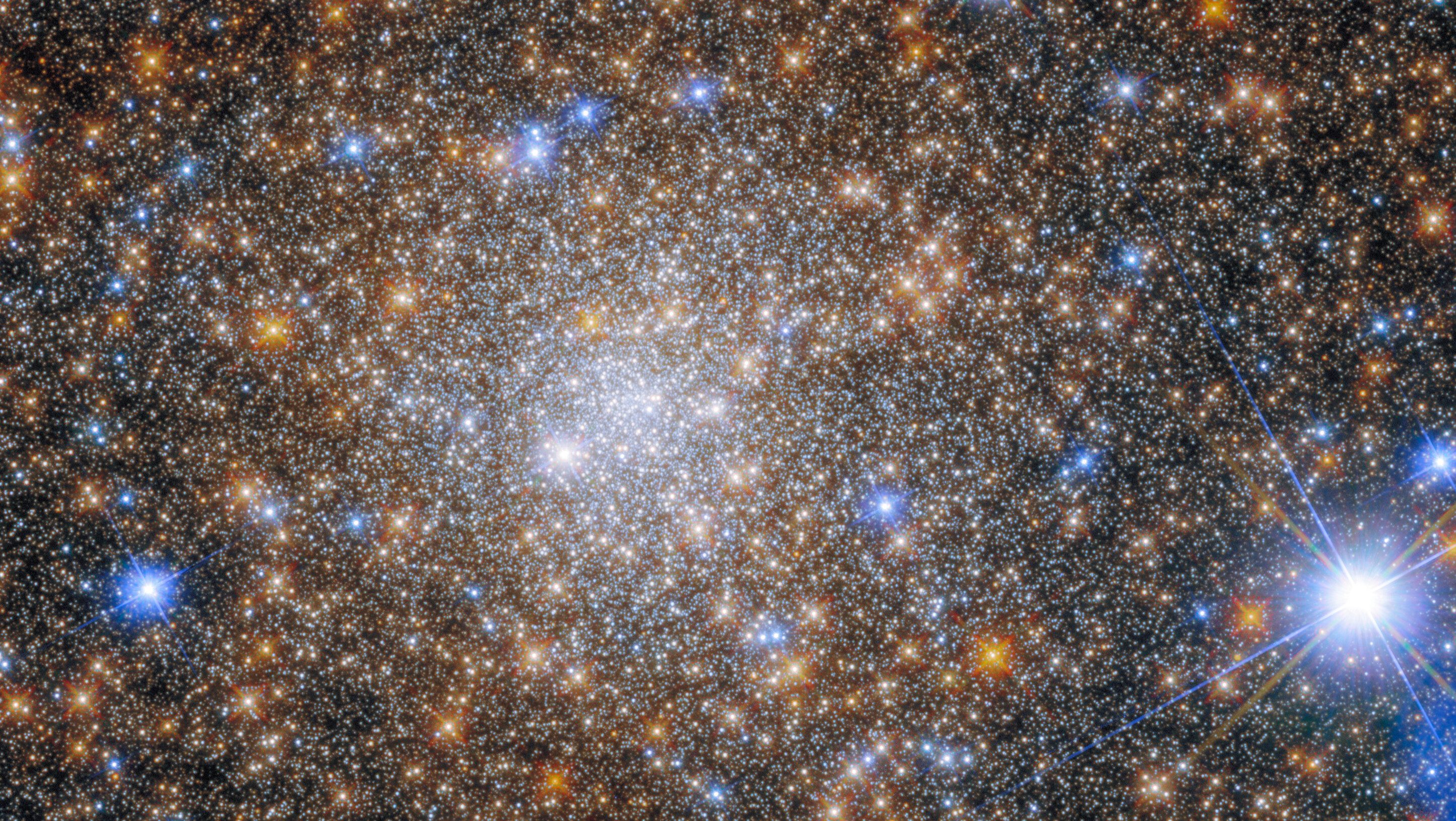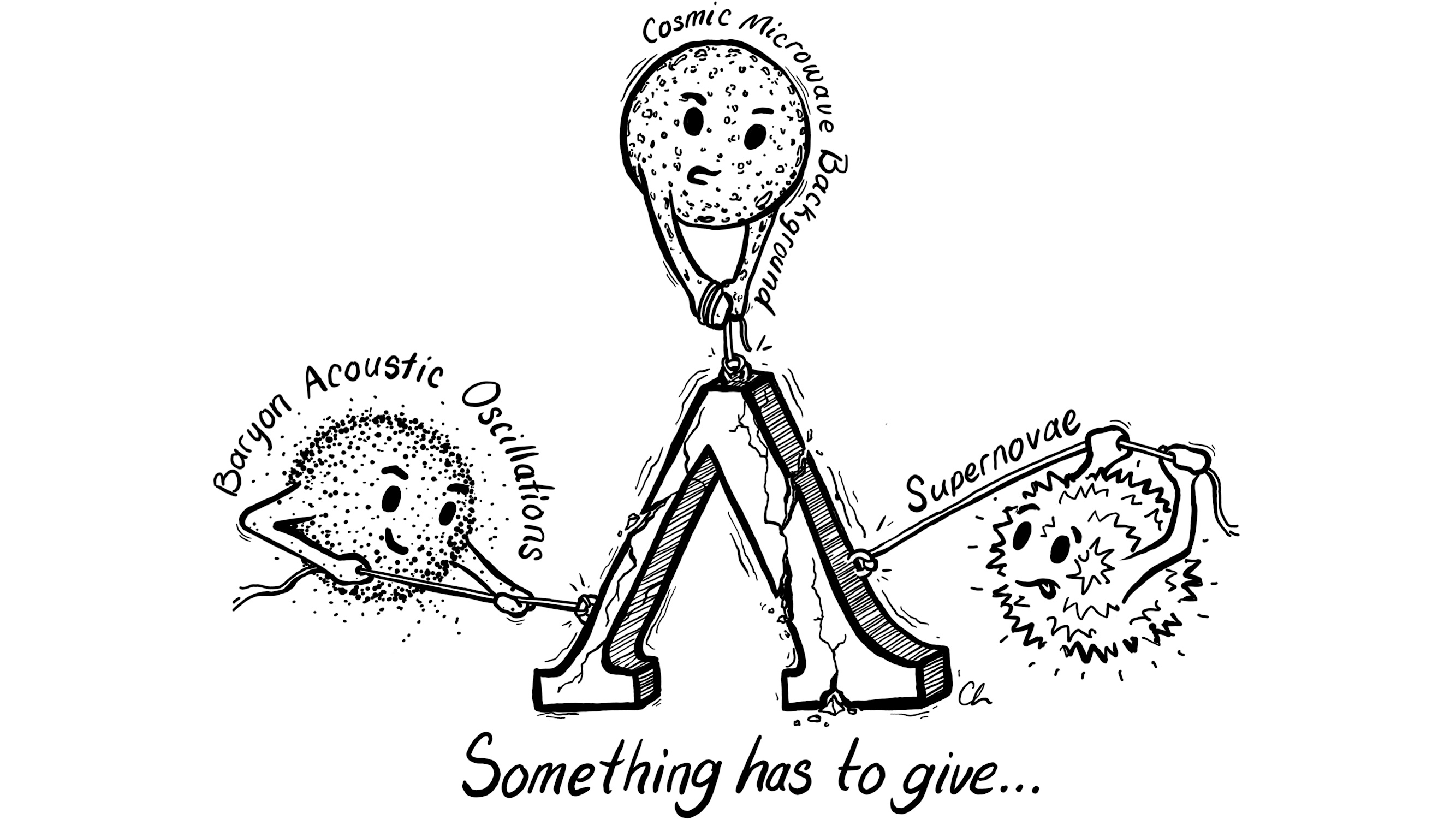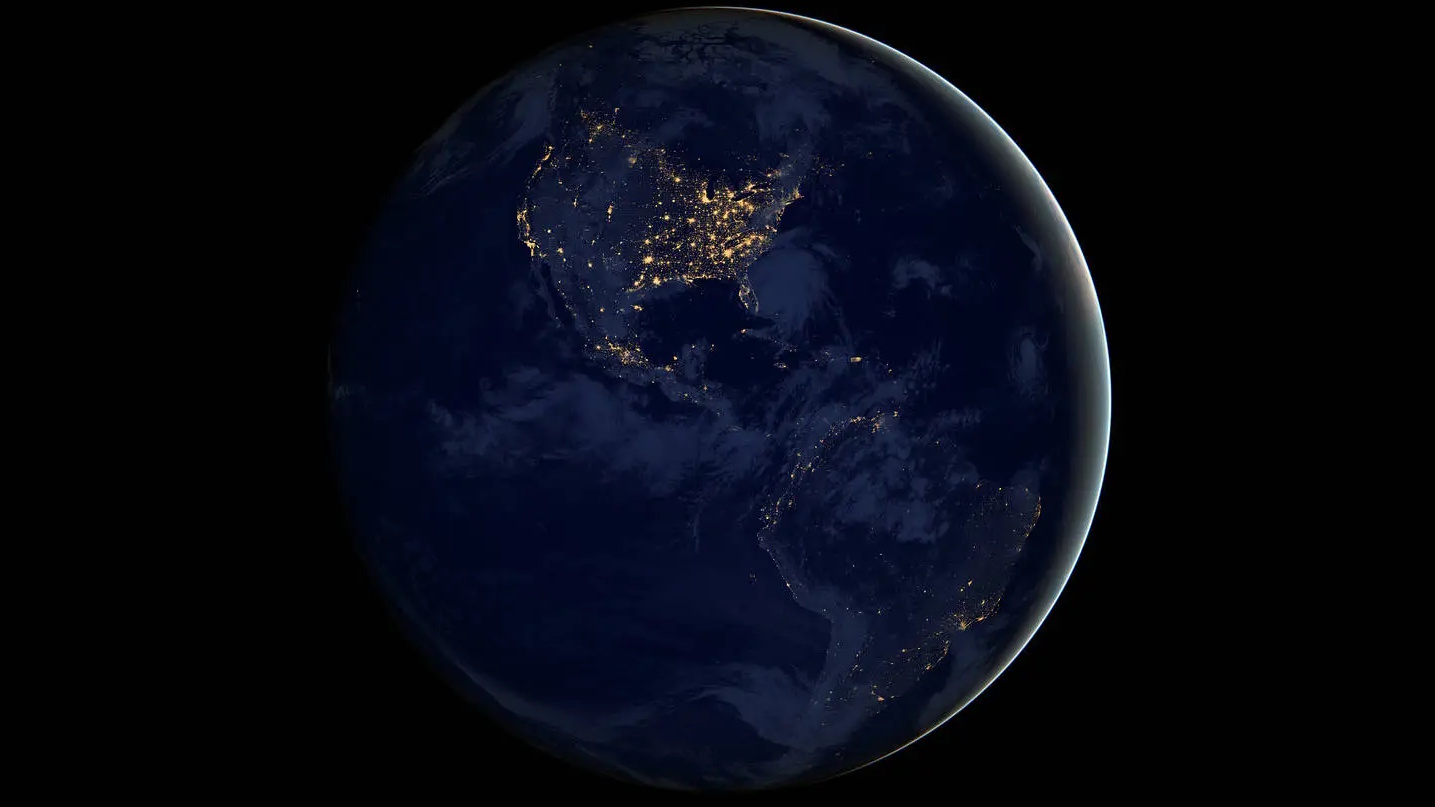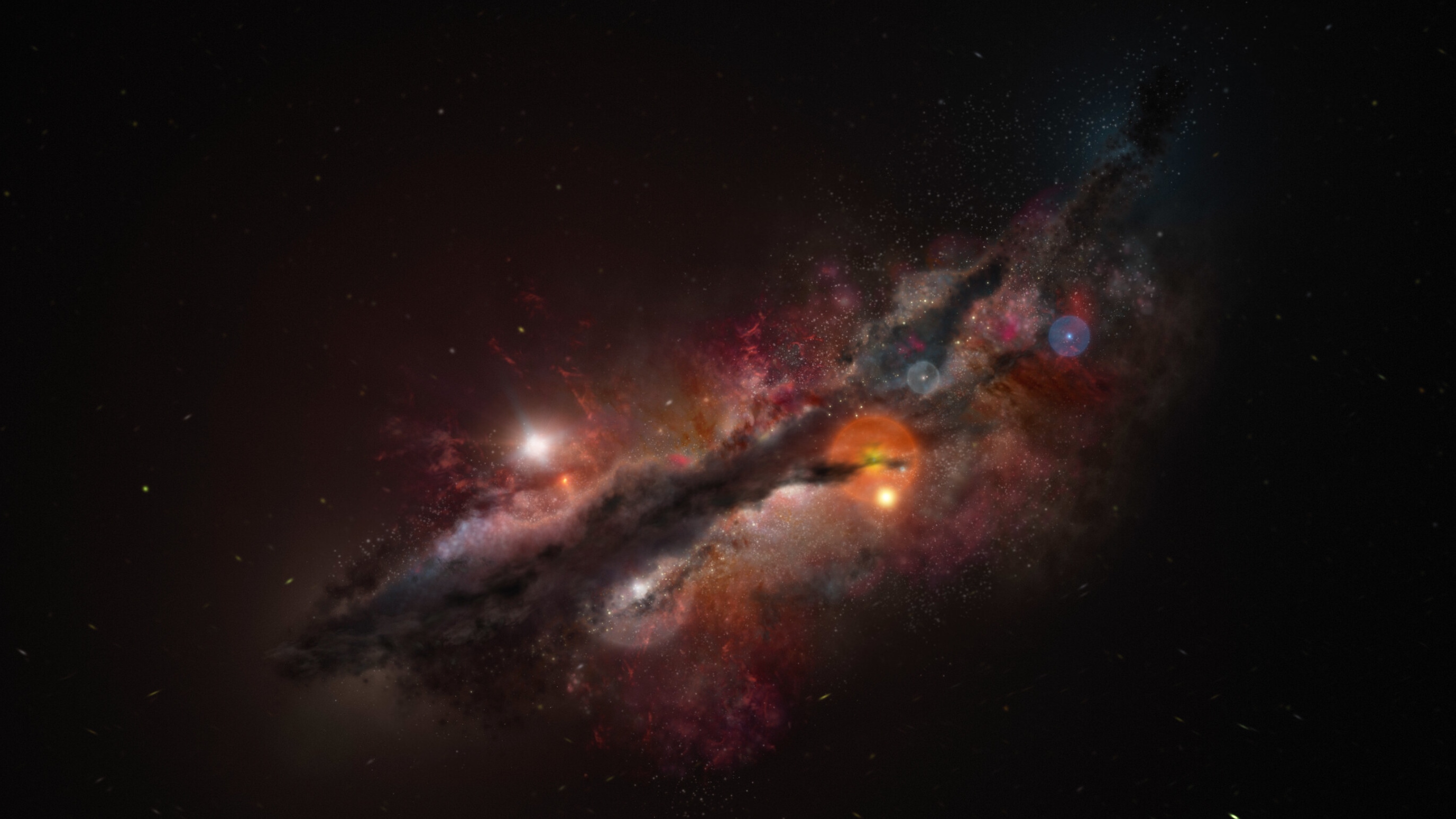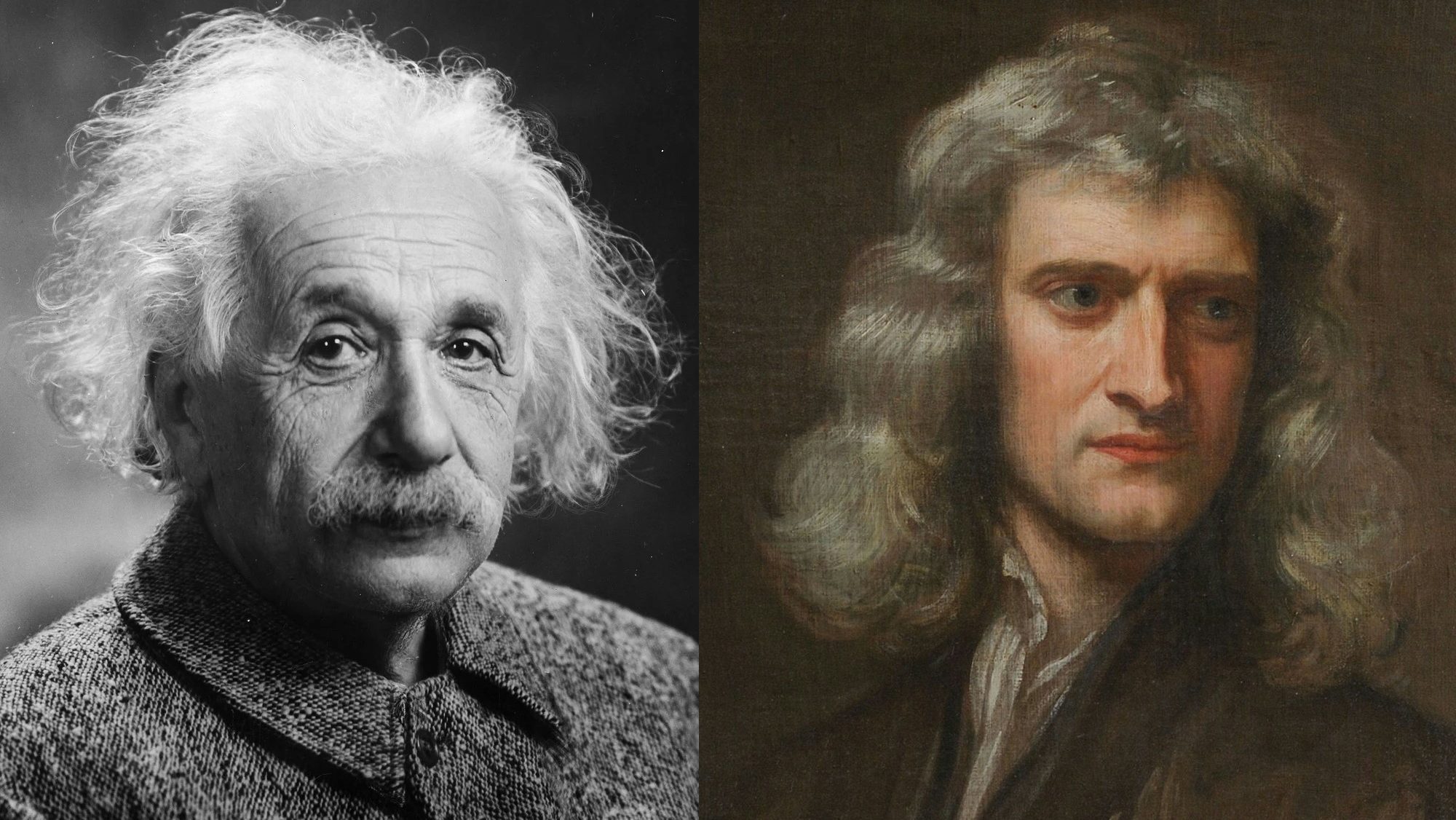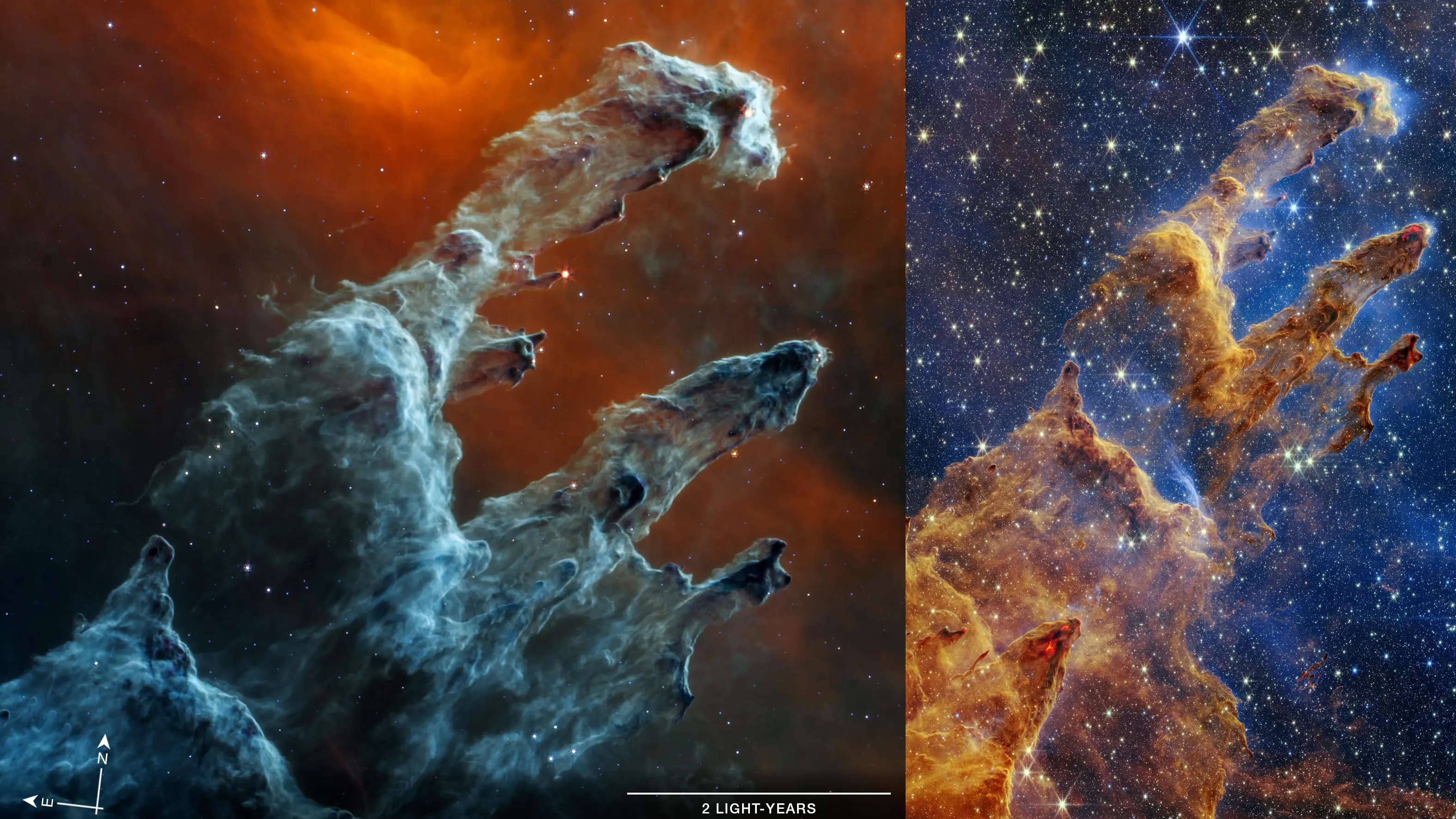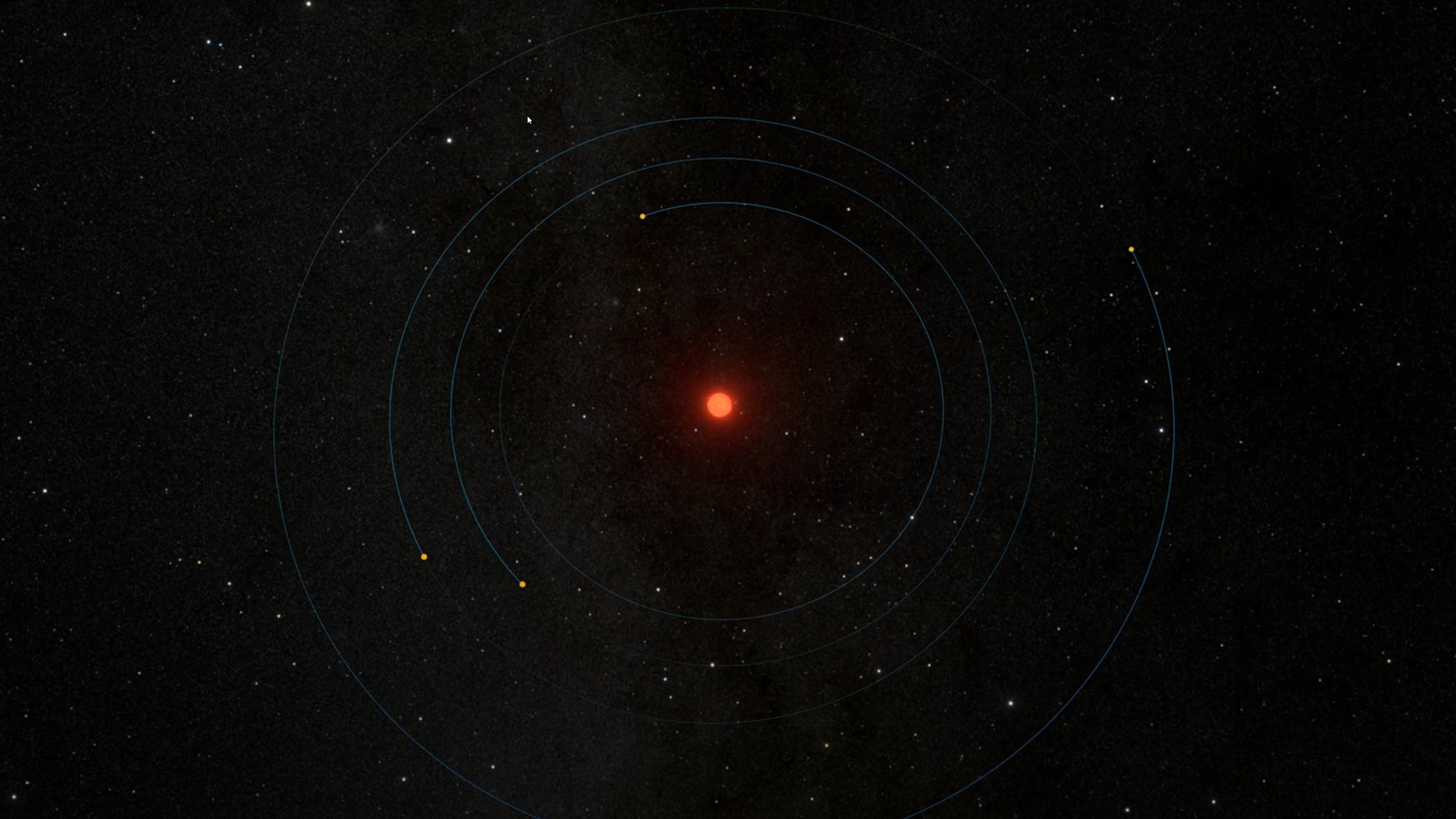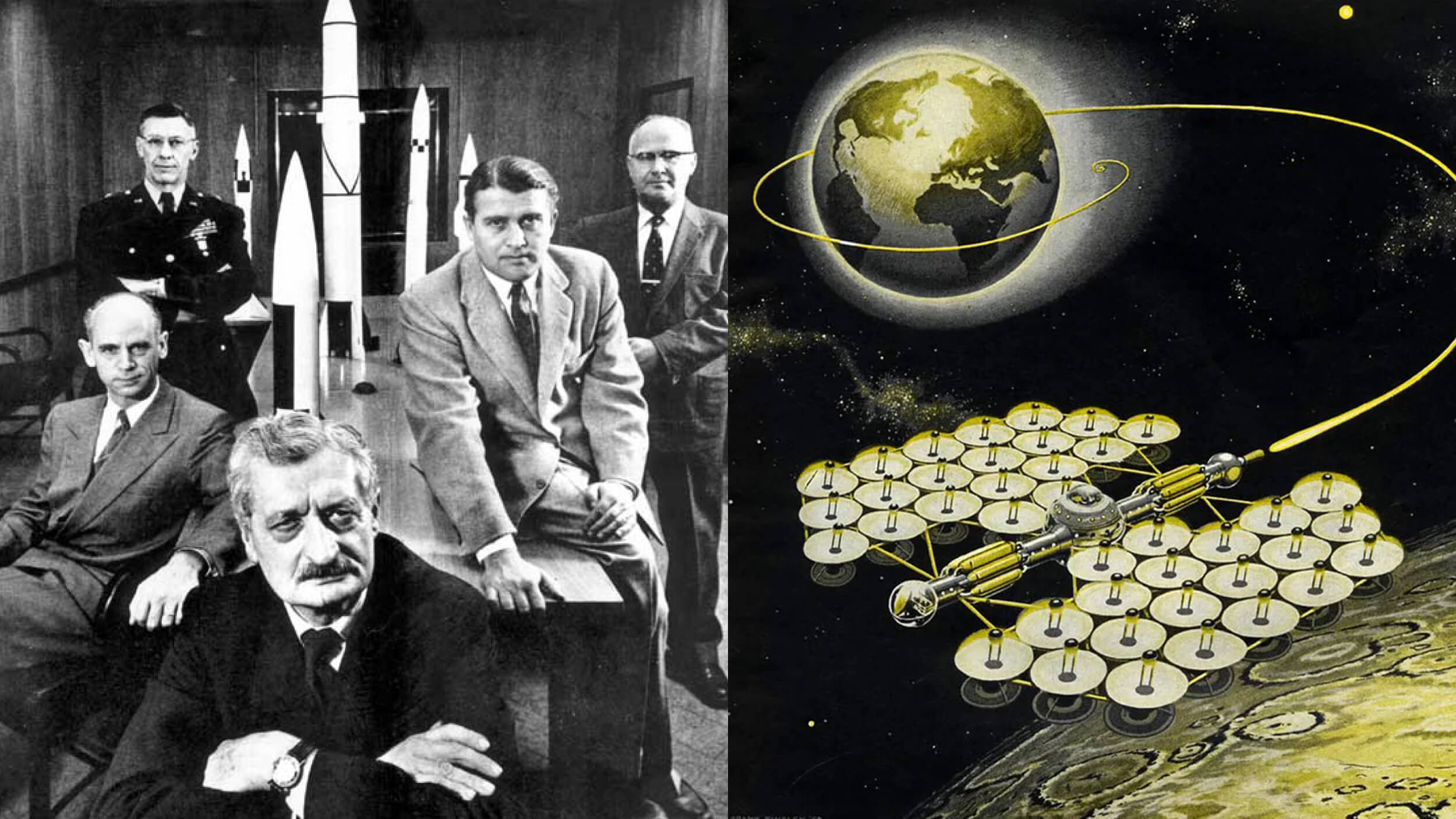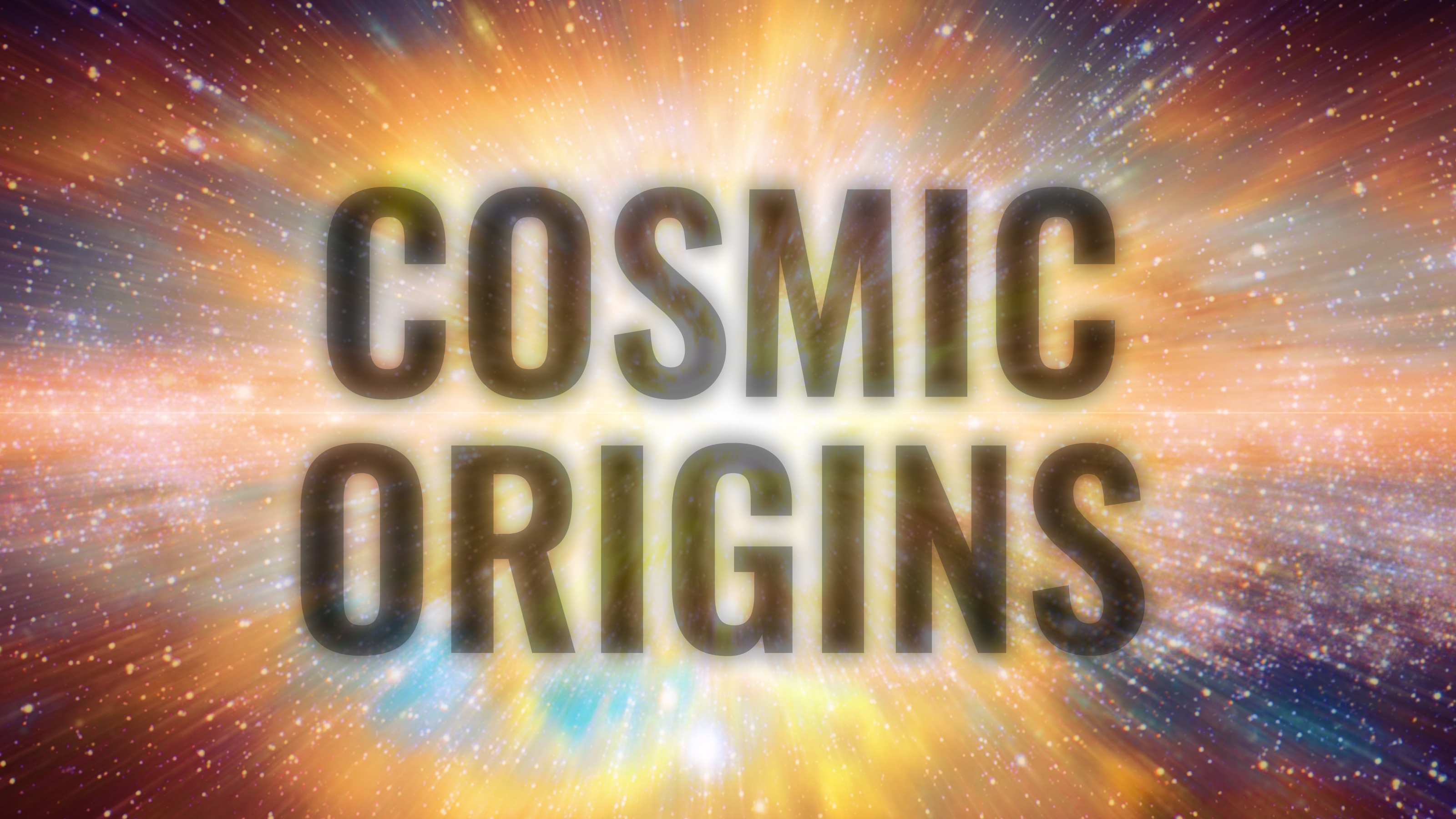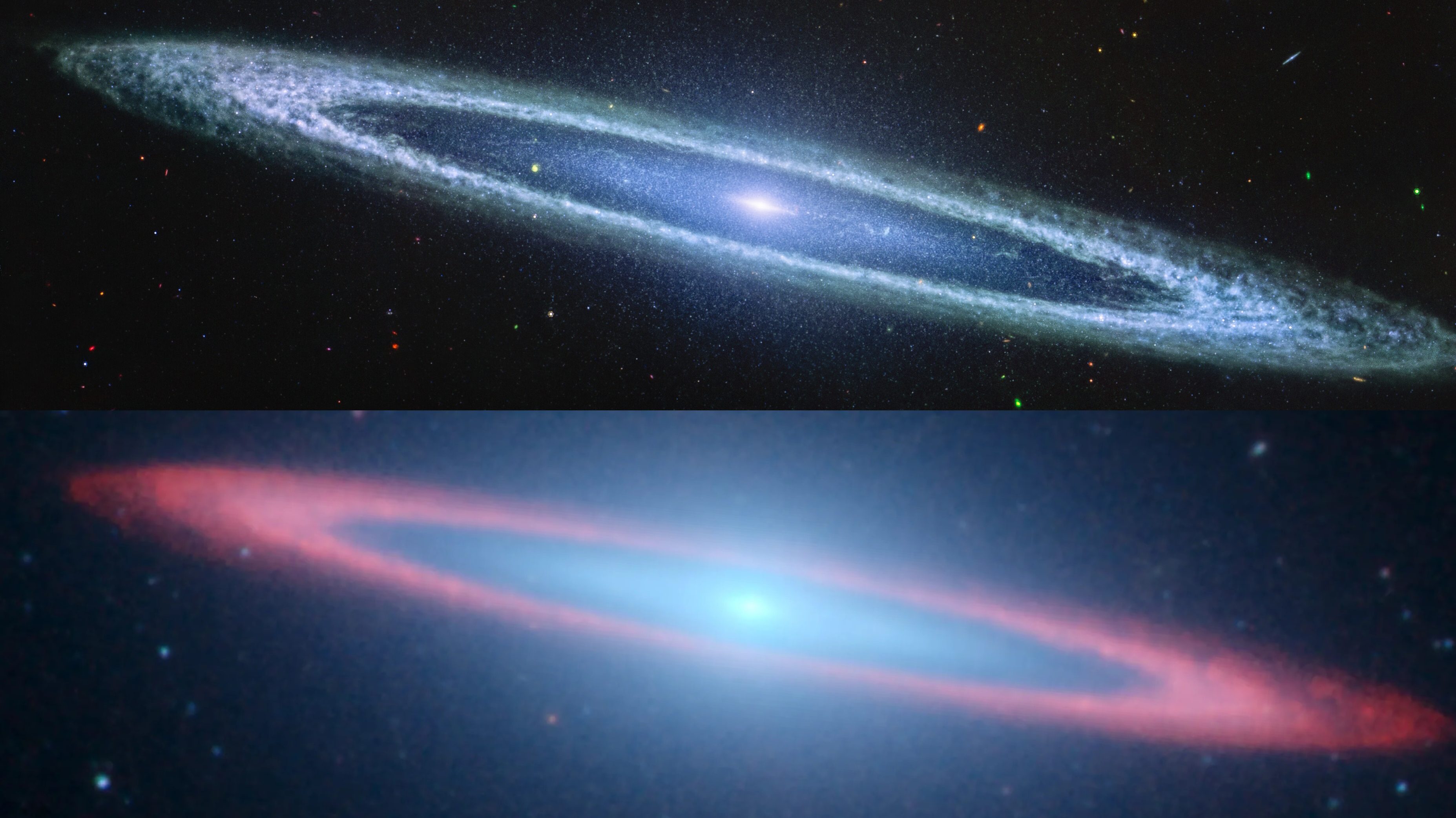
The Universe is out there, waiting for you to discover it.
Our mission: to answer, scientifically, the biggest questions of all.
- What is our Universe made of?
- How did it become the way it is today?
- Where did everything come from?
- What is the ultimate fate of the cosmos?
For countless generations, these were questions without resolutions. Now, for the first time in history, we have scientific answers. Starts With A Bang, written by Dr. Ethan Siegel, brings these stories — of what we know and how we know it — directly to you.
Get Starts With A Bang in your inbox
Featured
Why power generated through nuclear fusion will be the future, but not the present, solution to humanity’s energy needs.
It’s a strange idea to consider: that a tiny building block of matter, the atomic nucleus, holds the greatest potential for energy release.
And yet, it’s true; while electron transitions in atoms or molecules typically release energy on the order of ~1 electron-Volt, nuclear transitions between different configurations release energies a million times as great, on the order of ~1 Mega-electron-Volt.
Popular
From before the Big Bang to the present day, the Universe goes through many eras. Dark energy heralds the final one.
A wild, compelling idea without a direct, practical test, the Multiverse is highly controversial. But its supporting pillars sure are stable.
The surface and atmosphere is colored by ferric oxides. Beneath a very thin layer, mere millimeters deep in places, it’s not red anymore.
The first supernova ever discovered through its X-rays has an enormously powerful engine at its core. It’s unlike anything ever seen.
Just 13.8 billion years after the hot Big Bang, we can see 46.1 billion light-years away in all directions. Doesn’t that violate…something?
All Stories
In theory, scientists could’ve produced a deadly virus that accidentally infected lab workers. In practice, we know that didn’t happen.
Planets can create nuclear power on their own, naturally, without any intelligence or technology. Earth already did: 1.7 billion years ago.
The most famous Hubble images show glittering stars and galaxies amidst the black backdrop of space. But more was captured than we realized.
25 years ago, our concordance picture of cosmology, also known as ΛCDM, came into focus. 25 years later, are we about to break that model?
In around 7 billion years, we expect the Sun to run out of fuel, dying in a planetary nebula/white dwarf combination. Is that for certain?
Exoplanets can exist anywhere around their parent stars, even so close that they evaporate or disintegrate. Even the rocky ones.
It’s difficult to project a sphere onto a flat, two-dimensional surface. All maps of the Earth have flaws; the same is true for the cosmos.
The Kalam cosmological argument asserts that everything that exists must have a cause, and the “first” cause must be God. Is that valid?
We understand many things about our Universe, and our home within it, extremely well. The number of stars in the Milky Way isn’t among them.
The Multiverse isn’t just a staple of science fiction; there’s real-life science behind it, too. Here are 10 facts to expand your mind.
Large, massive, rotating galaxies like the Milky Way are common today. So how could one form a mere ~2 billion years after the Big Bang?
Over a century after we first unlocked the secrets of the quantum universe, people find it more puzzling than ever. Can we make sense of it?
For centuries, even after we knew the Sun was a star like any other, we still didn’t know what it was made of. Cecilia Payne changed that.
DESI, by mapping galaxies, has claimed they see evidence for dark energy evolving by getting weaker. But that’s only one interpretation.
Even from a single pixel, multiwavelength data taken over time can reveal clouds, icecaps, oceans, continents, and even signs of life.
Someday, we’ll look back and see a young galaxy forming stars for the first time. JADES-GS-z14-0, the farthest ever, isn’t early enough.
Einstein’s general relativity has reigned supreme as our theory of gravity for over a century. Could we reduce it back down to Newton’s law?
Our scientific instruments are constantly improving, revealing nature’s workings as never before. Without them, we’ll remain in the dark.
All scientific theories are limited in scope, power, and application, being mere approximations of reality. That’s why consensus is vital.
Some nebulae emit their own light, some reflect the light from stars around them, and some only absorb light. But that’s just the beginning.
When we see spiral galaxies, some are face-on, others are edge-on, but most are tipped at an angle. But which side is closest to us?
The tiniest galaxies of all are the most susceptible to violence by their larger, bullying siblings. That’s why we need them in isolation.
The Universe is expanding, and individual, bound structures are all receding away from one another. How, then, are galaxies still colliding?
Barnard’s star, the closest singlet star system to ours, has long been a target for planet-hunters. We’ve finally confirmed it: they exist!
Back in 1970, Sister Mary Jucunda wrote NASA, decrying large investments in science. A former Nazi’s legendary response is still relevant.
Since the dawn of history, humans have pondered our ultimate cosmic origins. Now in the 21st century, science has gone beyond the Big Bang.
Just 165,000 light-years away, the Large Magellanic Cloud is suspected to house a supermassive black hole. At last, evidence has arrived.
There are some 26 fundamental constants in nature, and their values enable our Universe to exist as it does. But where do they come from?
Under extreme conditions, matter takes on properties that lead to remarkable, novel possibilities. Topological superconductors included.
One of the most promising dark matter candidates is light particles, like axions. With JWST, we can rule out many of those options already.




